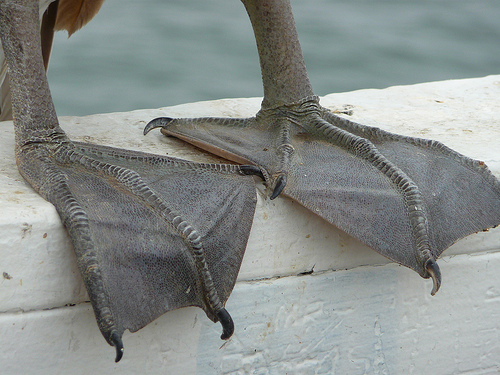 |
| How do you like me now, humans? |
 |
| https://www.emaze.com/@ALFQIRFL/brown-pelican |
| http://www.gettyimages.com/detail/photo/broken-egg-royalty-free-image/108514822 |
Near extinction, is what. Luckily, they were labeled as Endangered in 1970, a regulation banned DDT in 1972, and pelicans from Florida were raised and released all across their former range. They are still a Species of Concern in Louisiana but they were taken off the Federal Endangered Species list in 2009.
In 2003, four pairs were seen nesting on Rabbit Island, a tiny island in Southwestern Louisiana. This was a part of their original range but no one had seen them there for decades. It is a couple hundred miles west of the closest nesting island in Eastern Louisiana, where the majority nest, and a couple hundred miles east of the closest nesting colony in Texas. It's a unique tiny island that is technically in a "lake" mostly cut off from the Gulf, except by a shipping channel.
Over the next several years more and more birds started to nest there. It became incredibly important in 2010 as the Deepwater Horizon Oil Spill gushed toxic oil into the Gulf of Mexico and a huge clean-up began, including saving and cleaning pelicans who had become oiled.
(I don't want to put a picture of an oiled pelican in here because they are tragic and make me feel sick. Google them if you haven't already seen it)
Rabbit Island became an important release site, mostly because it was known that other pelicans thrived there and it was not affected by the oil in the Gulf. Leg-banded oil spill birds can still be seen on the island during nesting season.
Now there are hundreds, possibly thousands of pelicans nesting on this one tiny island, flying and diving and fishing and raising weird-looking alien babies and being hilariously regal. We saw at least 100 nests yesterday and it is still about a month earlier than they usually start nesting in earnest.
All of this only happened because of dedicated scientists, animal caretakers, the Endangered Species Act, and the EPA. This is one story among hundreds. It happens to be very close to my heart, but so is the fact that forty years ago Sandhill cranes were nearly extirpated in Wisconsin, Whooping cranes were nearly extinct in the wild, and gray wolves are still touch-and-go in many of their home ranges because as soon as they are delisted everyone wants to start hunting them again.
We need regulations. We need the Endangered Species Act. We need the EPA. We need big goofy birds that fly in Squadrons and have a net for a mouth and incubate with their feet.


No comments:
Post a Comment